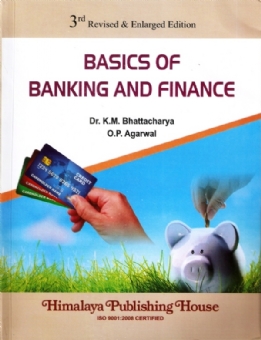Electronics is the heart of all technologies. Now-a-days, one can not think a life without Electronics Application. The object of introducing this new course is to provide a basic knowledge of Electronic Circuits to all Engineering undergraduate students. In this text, a focus has been on the course contents, but the basics required for understanding the subject have been given the equal weightage.
The book consists of ten chapters. The first chapter deals with the components, generally used in Electronic circuits, to provide a conceptual understanding for the circuit designing. The two port network theory with various circuit parameters are also discussed.
In the Second chapter, the physical concepts of the semiconductors along with the theory of intrinsic and extrinsic semiconductors have been discussed. The junction diode, Zener diode and their characteristics have been described along with the experimental methods.
The chapter third deals with transistor amplification. To understand it, it is necessary to know about the transistor and its properties. The transistor, its biasing and characteristics have been discussed before describing the course contents.
The oscillators have been described in chapter 4. The chapter 5 deals with operational amplifiers, which are widely used in modern electronic equipments. The power supply has rectifier, filter and regulator circuits. Therefore the rectifiers and filter circuits have been discussed in chapter 6, along with the topics such as switching regulators, inverters and UPSs.
The Digital Electronics is the brain of modern electronics and thus given in chapter 7. The Number systems, Boolean algebra, Logic gates, Arithmatic digital circuits and Flip-flops have been discussed with the help of the circuit diagrams. The Electronic Instruments such as MultiMeters (analog and digital), Digital Voltmeter, CRO and its applications and function generator have been described in the chapter 8.
The most useful branch of Opto-Electronics, the `Digital Display Devices` has been described in the ninth chapter. In the last chapter we have discussed the experiments to be performed by the students in the laboratory.
Contents :
- Introduction
- Semiconductor Physics
- Transistor Amplifiers
- Oscillators
- Operational Amplifiers
- Power Supplies
- Digital Electronics
- Electronic Instruments
- Digital Displays
- Experiments
- Index







